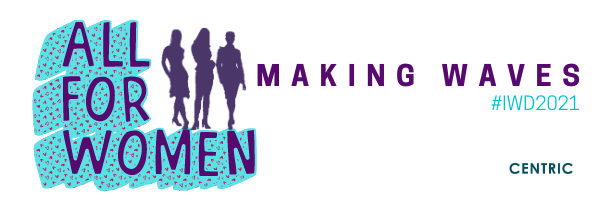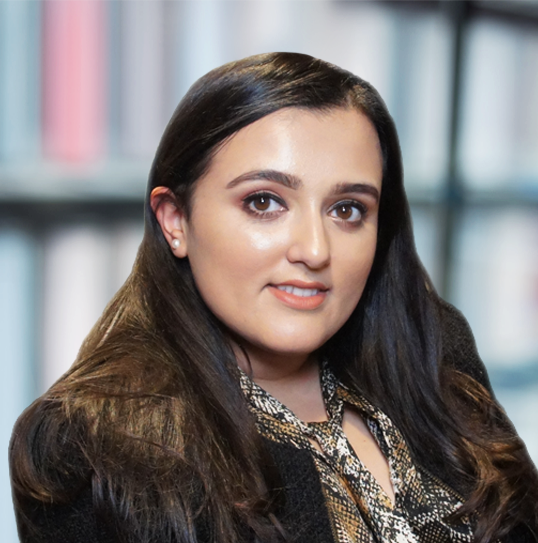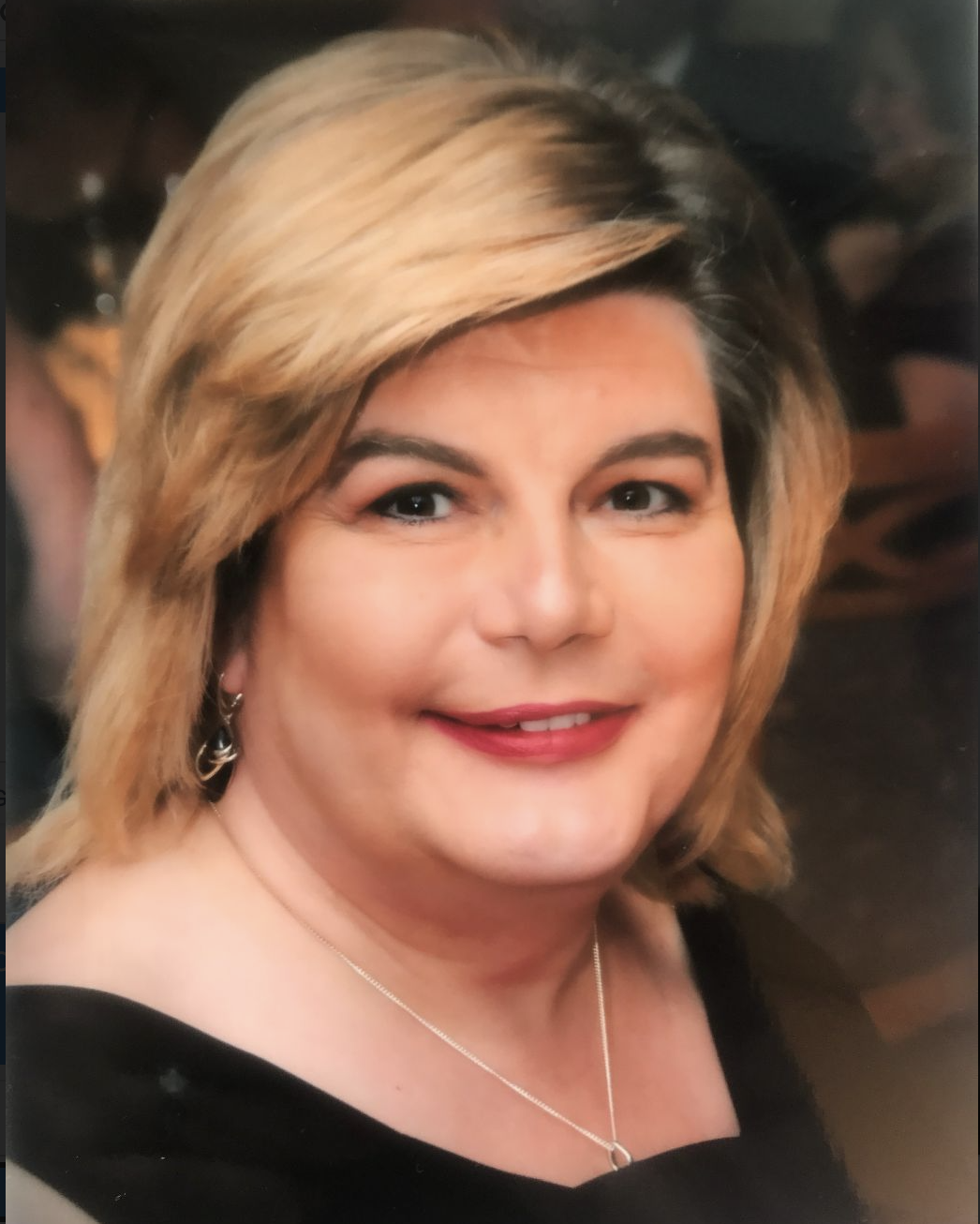CWO on ConservativeHome
This year, we celebrate the founding of the oldest women’s political organisation in the world
By Baroness (Joan) Seccombe and Baroness (Fiona) Hodgson
Reprinted from ConservativeHome (March 9, 2019)
This year is notable for several key anniversaries. It’s 40 years since Margaret Thatcher swept to power as Britain’s first female Prime Minister; 90 years since the first general election with full voting equality; a century since Nancy Astor became the first female MP to take her seat in the Commons; and we also mark the centenary of the founding of the Conservative Women’s Organisation (CWO) – which we have both been privileged enough to chair.
From championing votes for women and encouraging women to become more politically involved, through influencing policy and providing the environment to debate them, to helping the party campaigning on issues that matter to women and providing training courses for budding MPs, it’s no surprise the world’s oldest women’s political organisation – predating Labour’s Women’s Network by six decades – has undergone something of a transformation in the hundered years since its founding.
The beginnings of the CWO started to form during the early days of suffrage campaigning and the fight for greater rights for women, and it could be said to have its roots in the creation of the Primrose League in 1883. Set up to advance Tory principles, it was the first political organisation to give women the same status and responsibilities as men, and in 1885 a Ladies Grand Council was formed.
The council recruited a vast army of female volunteers up and down the country, proving such an effective force on the campaign trail that seats, previously considered unwinnable, turned blue. Commenting on the success of this growing women’s political movement, Millicent Fawcett said it had become such a fixture in British life ‘that none of the parties can do without it or alienate it’. Women were finally making their indelible mark on the political scene.
Five women were given their first taste of local government in 1907, when the Qualification of Women Act granted them the right to become councillors. Just over a decade later in February 1918, the Representation of the People Act was passed, giving women over 30 the right to vote in parliamentary elections for the first time.
While Astor was not the first woman – nor the first Conservative woman – to take stand for national election following a change in the law in late 1918, she was the first to take her seat in parliament, becoming the first woman MP in the House of Commons in 1919. It was during this period of upheaval following the Great War, when women were making great strides in politics, that the Central Women’s Advisory Committee (CWAC) was formed by the National Union of Conservative and Unionist Associations – and the Conservative family gained a new and lasting member.
Yet despite this, attitudes towards Astor and other Conservative women were, in those early days at least, somewhat hostile. This only made the need for a women’s organisation more pressing, and records show what is probably the party’s first women’s conference took place in London in October 1920 at a private residence. However, a year later 3,000 women descended on the capital for the first mass women’s conference – a tradition that continues to this day, with our centenary conference taking place in Westminster today.
Less than a decade later, Stanley Baldwin signalled a real shift in parliamentary feeling when he remarked: ‘Democracy is incomplete and lop-sided until it is representative of the whole people, and the responsibility rests alike on men and women’. A year later, he extended the franchise to all women over 21 and affiliated the CWAC with the Conservative Party and the rest, as they say, is history.
Except that was just the beginning. The organisation went from strength to strength, going through two further name changes and, by the time Margaret Thatcher came to power, was one of – if not the – biggest women’s organisations in the world.
Thatcher never underestimated the role women played inside the party and was absolutely an ally to the CWO, telling the first author of this article, CWO’s chairman during the early 1980s, before becoming the Party’s Vice Chairman for Women between 1987 and 1997: ” really like hearing what the women say because they tell me as it is and not what they want me to hear.” Cabinet Ministers were subject almost to a ‘three-line whip’ to make a stirring speech at packed-out women’s conferences, which became a highlight of the Tory calendar.
After she left power, the fact the Conservatives had given us the first female Prime Minister made it easier to argue that having a separate women’s organisation within the party was no longer necessary. Following the dire 1997 general election in which Tony Blair won by a landslide with a record 101 female MPs compared to the Conservatives’ 13, Conservative Central Office, as it then was, had to make economies and funding was withdrawn.
Theresa May was very supportive of the organisation when she became Chairman of the Party in 2002, and an awareness grew that having a place for women in the party to support each other was a good thing. Not only was there still a role for the CWO, but Theresa and Baroness Jenkin took action and established Women2Win to identify and mentor aspiring women politicians.
Under Baroness Hodgson’s chairmanship, we were able to revive the women’s policy forums and tackle subjects such as stalking and prostitution, while the Conservative Women’s Muslim Group was also established. The women’s conference returned to the Queen Elizabeth II Centre and, when David Cameron, then the new Party leader, took off his jacket and got down amongst the audience to answer questions, the effect was profound. Once again, the Conservative Party felt an inspiring place for women.
The question now was how the CWO could attract more female voters and build on Women2Win’s work of getting more women elected. The answer would soon become clear.
The Westminster Foundation for Democracy was sending volunteers from the CWO abroad to run development sessions for women in sister parties in countries with emerging democracies. Pauline Lucas, then the Chairman, realised that what was now the CWO should establish a formal process to help women develop the skills they required for political engagement and planned initial modules ahead of the 2010 general election.
Women2Win and the CWO could be proud of their achievement: the number of women MPs almost tripled, increasing from 17 in 2005 to 49 in 2010. CWO Development was then formally established, creating an entry pathway for women and solidifying the CWO as a grassroots organisation.
Today, candidates are identified by both CWO and Women2Win and receive their initial training from CWO. Analysis conducted in 2015 showed more than half the newly elected female Conservative MPs had been on CWO courses.
As we celebrate our centenary this weekend, we pay tribute to all those women who, over the years, have played such an important role in securing our right to vote, campaigning for women’s rights, and shaping the policies of the Conservative Party today.
image credit: wikipedia
Our Latest Posts

Women Making Waves 10/03/2021
International Women’s Day 2021 We decided one day is not enough, we have dedicated the whole week to celebrating International […]

Keir Starmer has good traits for the courtroom, not a country in crisis: by Sonia Khan 11/02/2021
A few weeks ago I participated in a webinar where the theme of politicians as animals came up. Sir Keir […]

Follow Us On
Social Media